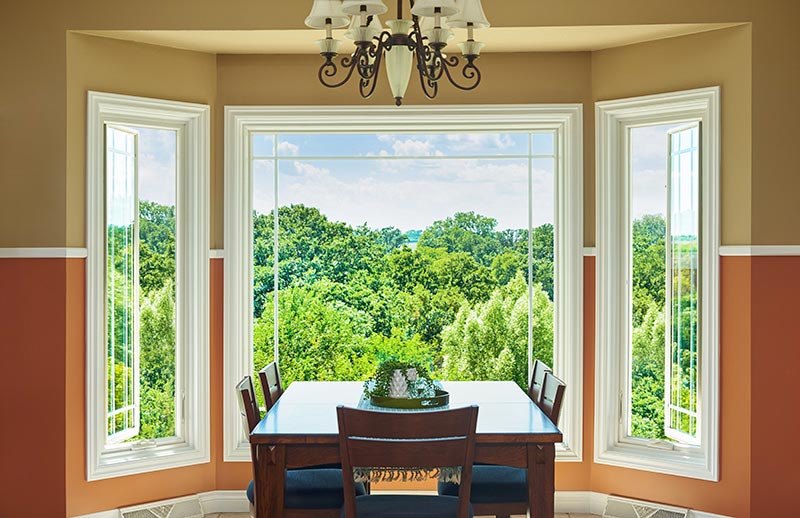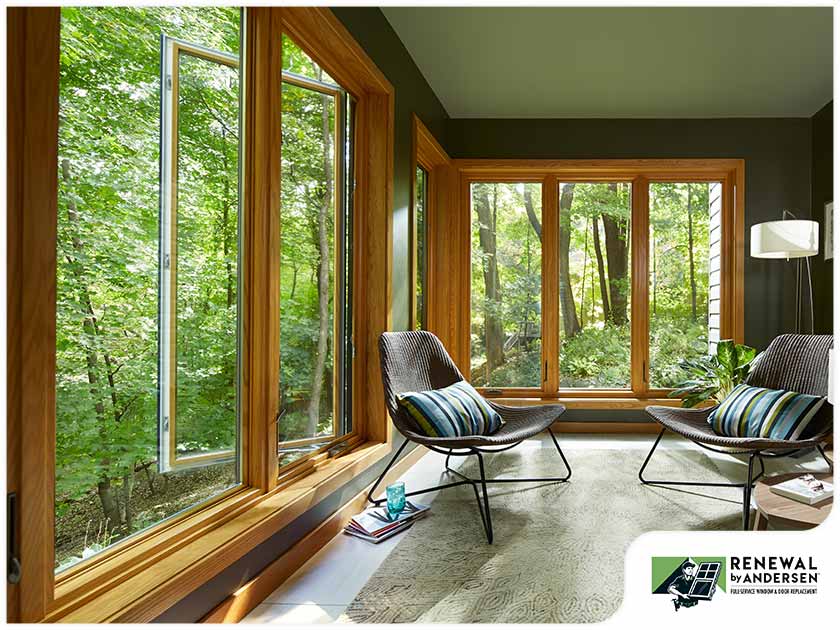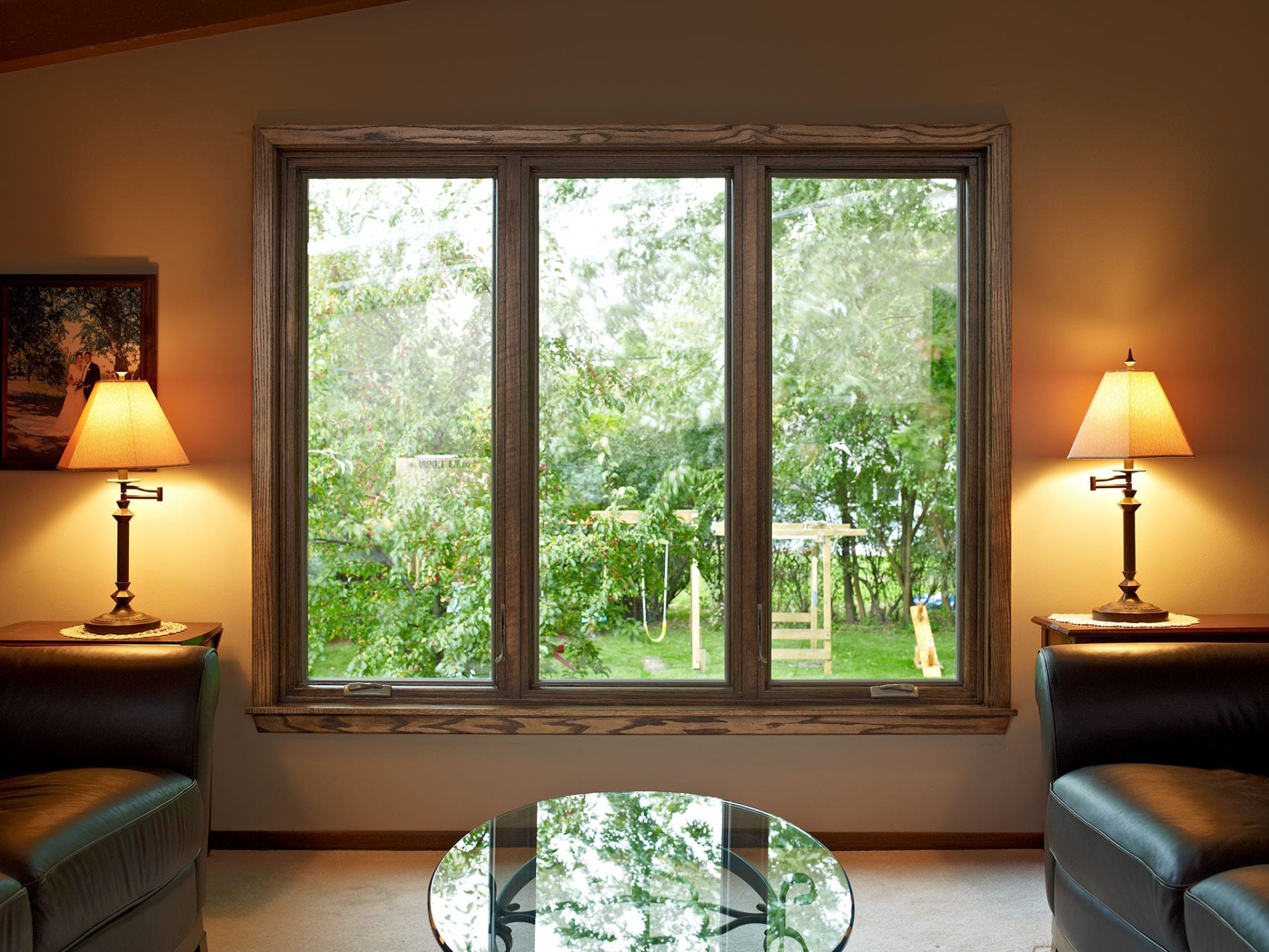

Is your home ready for replacement casement windows? Casement windows are excellent options for homeowners looking to add an elegant and classic window style to their existing decor. These windows offer exceptional functionality and performance without compromising their stunning looks.
Homeowners can rely on Renewal by Andersen to install replacement casement windows in their homes. Our casement windows offer the best durability, energy efficiency and beauty while meeting your specific needs.
An older window can begin to break and crack, potentially leading to pests, water damage and higher energy costs. Renewal by Andersen can provide you with high-quality casement window replacements to give you the peace of mind you deserve in your home.
Our crank window replacements feature a single glass panel surrounded by a sleek frame, offering unique additions to your bathroom or kitchen. Our design experts can help you craft an eye-catching element to fit seamlessly with your existing decor. Add double casement windows for a unique window installation or install it on its own to take in unobstructed views of your favorite outdoor area — the choice is yours.
You can open these windows completely, offering improved airflow and ventilation without the risk of debris or pests with the addition of our TruScene® insect screens. Our casement window replacements are custom built in the USA* to ensure a snug fit in your home, offering extreme security and energy efficiency capabilities.
*Using U.S. and imported parts



Renewal by Andersen has replaced more than six million windows. You can count on us to do the job right with a respectful approach and professionalism you’d expect from an industry leader. Our design consultants have the necessary experience to custom-fit the perfect addition for your home.
Our windows are designed and constructed with durability in mind. They utilize our exclusive Fibrex® material, a composite that is twice as strong as vinyl. Renewal by Andersen® windows made with Fibrex® material is tested and warranted not to crack, peel or chip, even after 20 years.* You can count on our casement or double casement window installation to help you conserve energy and save money, thanks to our High Performance™ Low-E4® glass.
Our team strives to make a difference in the lives of those we work with, pushing the boundaries of what a replacement installation company can be. We work hard to maintain the perfect combination of the best people in the industry, a superior process and an exclusive product. Renewal by Andersen offers one of the strongest window and door replacement limited warranties you’ll ever find — the better way to a better door®.
*See Renewal by Andersen® Products and Installation Transferable Limited Warranty for details.
Contact UsHelping people bring their home design dreams to life is what we do. We aim to extend our skills as far as possible, ensuring you and your family are taken care of. We offer our casement window replacement services in the following locations:
